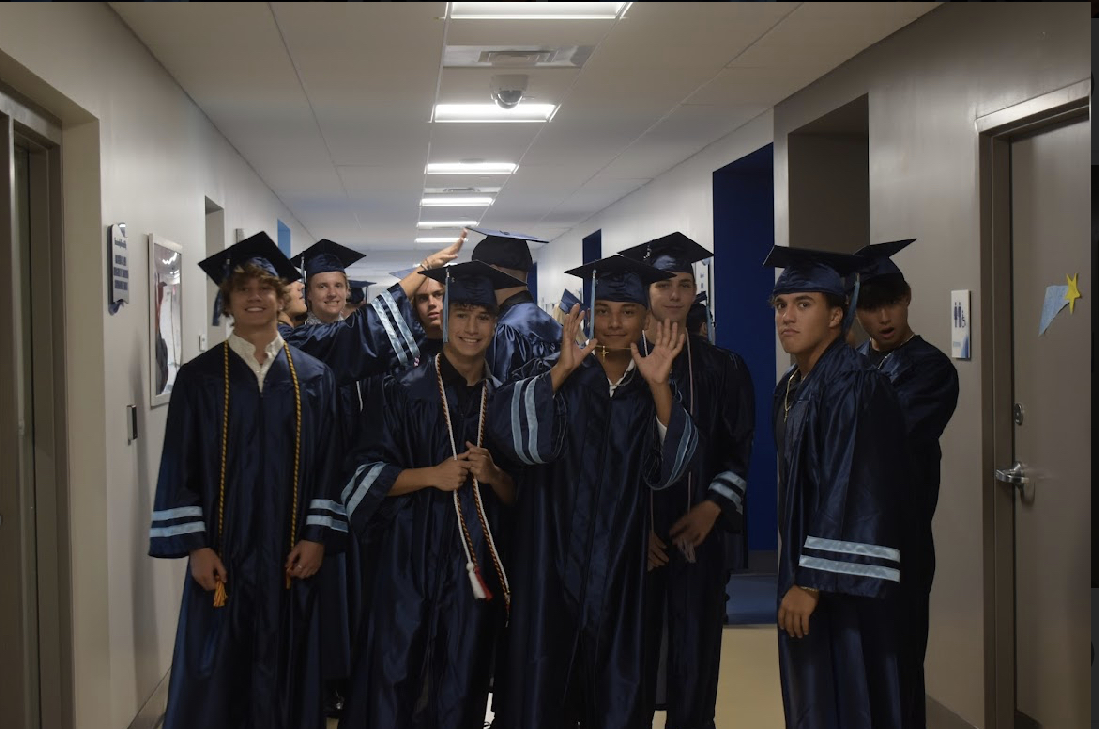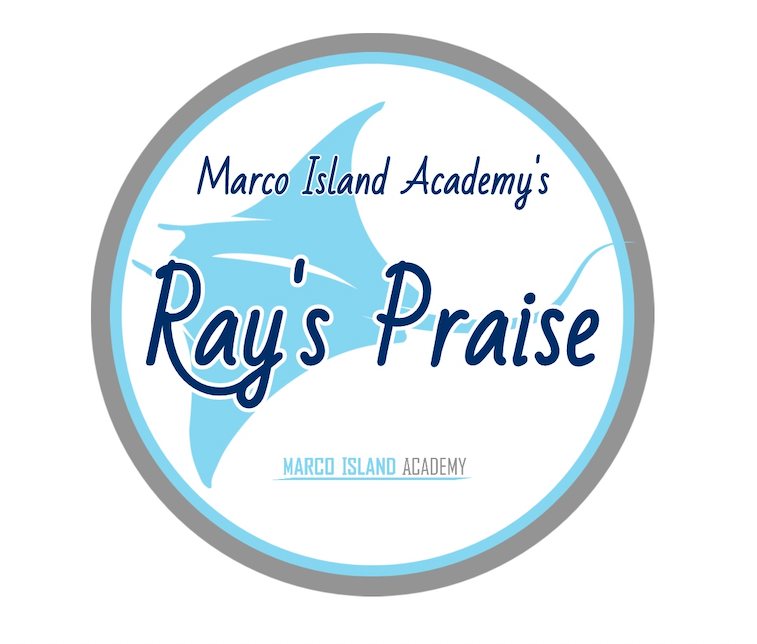For juniors and seniors, the topic of plans after high school emerges frequently in conversation. It is important to assess the factors that determine where students decide to pursue further education upon graduating. In a recent poll, Marco Island Academy students shared information regarding their post secondary education plans.
When asked whether students will be pursuing an education after high school, 96.2% replied “yes,” while only 3.8% answered “no.” The majority shared that they are planning to attend a college or university, while only a small percentage responded “trade school,” or “military.” This data indicates that while the majority of students will be attending college, others will be seeking different routes for education.
While 46.2% of the students interviewed plan to attend a public school, 9.6% plan to attend a private school. Considering private schools are generally more expensive than public schools, it is not surprising that only a small percentage of students are seeking private education. Roughly half of the students interviewed were juniors, which resulted in a large number of students responding with “undecided.” Many juniors are currently focused on AICE classes and SATs, rather than their education after high school.
Similar to how the majority of students plan to attend a public university, many students plan to pursue in-state education. Given how in-state tuition saves money compared to out-of-state, money is a clear deciding factor for education. These responses are surely affected by the factor of whether students applied for Bright Futures.
Bright Futures is a state-wide scholarship for public universities in Florida. Students can earn the Bright Futures scholarship by taking part in 100 community service hours, as well as passing high school with seven AICE credits. However, as an alternative to earning AICE credits, students can receive the scholarship from scoring 1330 or higher on the SAT. The Bright Futures scholarship pays for 100% of tuition, but is limited to Florida public schools. Considering 51.9% of students have received, or plan to receive the Bright Futures scholarship, this factor likely swayed their decision to pursue in-state education.
The information regarding Bright Futures correlates with the data indicating who will be paying for tuition. Results indicated that roughly 74.1% of students will be relying on scholarship money to pay for their tuition. A similar amount of students, 73.1%, shared that their parents or relatives will be paying for their education. In addition, 48.1% claimed to be paying for their own tuition, and 21.1% will be relying on loans. It is clear from this data that money is an influential factor to where students receive education.
When discussing the factors that impacted students’ decisions of where to apply, the results differed. Factors that were most prominent include: cost and fees, location, career opportunities, and campus life. Location can be an influential factor, given how many students find it necessary to visit and tour schools of interest before committing. When comparing schools, campus life, such as clubs, extracurriculars, sports, and other activities, can appeal to students’ interests. Some students merely choose a campus based on its appearance or prestige. Regarding career opportunities, students may choose the school with the strongest program relating to the degree they are planning to study. Despite these factors, money remains a recurring factor for many students planning to attend college.
Students were also asked whether they have taken, or are planning to take dual enrollment classes. 44.2% of students claimed to have taken classes, while 34.6% claimed they have not, and 21.2% plan to take them in the future. The decision of whether to take dual enrollment classes is impacted by whether students are planning to further their education in-state or out-of-state. Both options can save money for college, but dual enrollment credits are more widely accepted throughout the United States. Although some students took dual classes as an alternative to AICE classes, due to pursuing out-of-state education, others took dual classes simply to boost their weighted GPA, regardless of whether they were pursuing in-state or out-of-state education.
To finalize the interview, students were questioned regarding the most important factor for their future career. Results varied, ranging from “salary,” “flexibility,” and “health,” to “service to country/community.” Although there were contrasting results for many students, the majority claimed that “happiness” was the most important factor. Considering many students chose more than one option, it is clear that numerous factors impact students’ choice in schooling. Although money can be a large deciding factor, students’ main goal is to enjoy their college experience. Picking the right career path is important for students’ futures and happiness. Therefore, it is essential for students to consider the various advantages and disadvantages to each path.


















